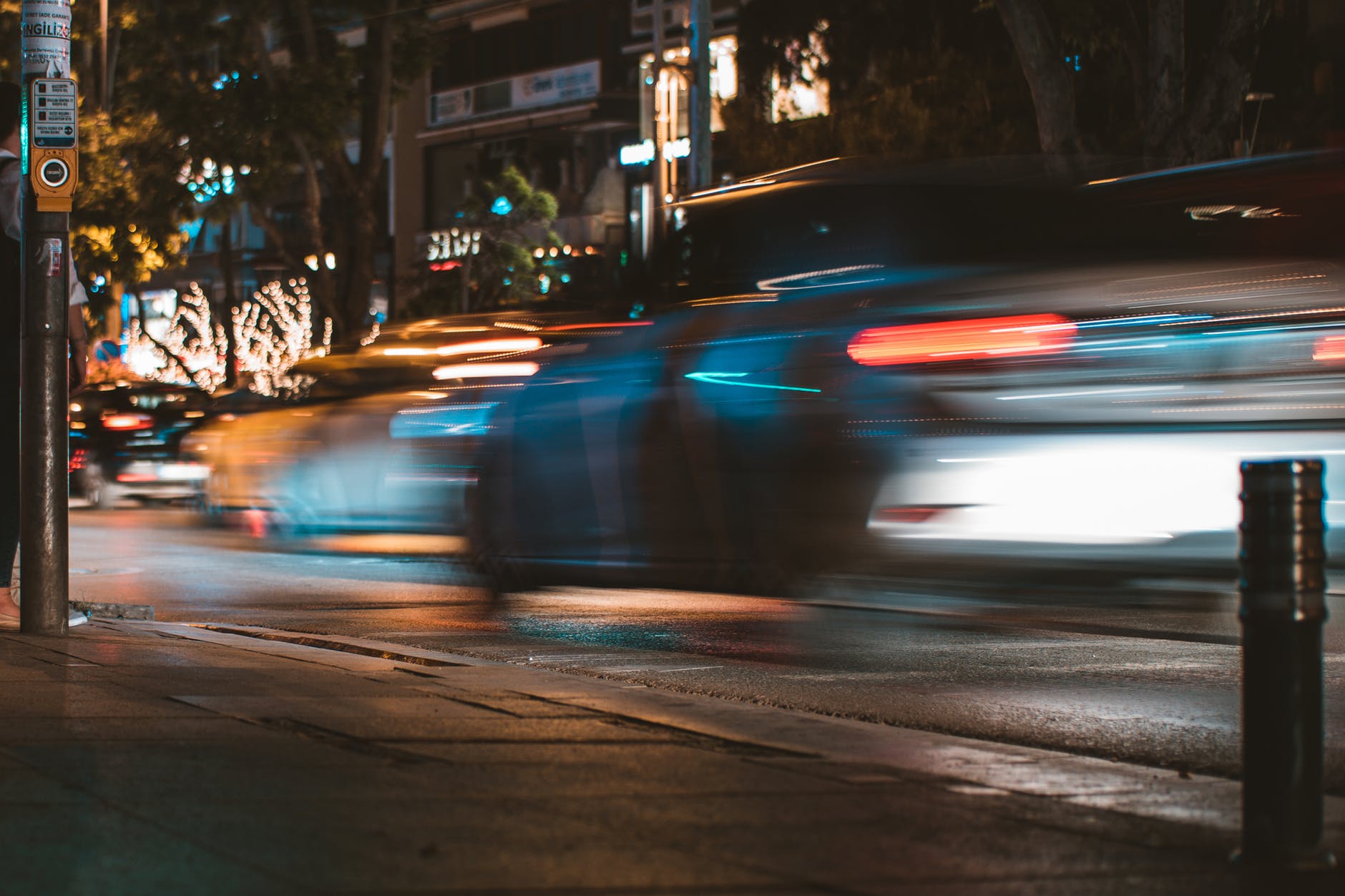What Should I Do if I Am in a Hit and Run?
If you’re involved in a collision, and the other vehicle leaves the collision scene before you can get their name, license number, or vehicle’s plate number, it is considered a hit and run. Being involved in a hit and run collision can be extremely frustrating. If you are left injured and your vehicle is damaged, make sure you do everything you can to try and identify the driver. Even if there is no physical contact between you and the unidentified motorist you can still have a successful “hit and run” claim. If you follow the rules, ICBC has a fund that will allow you to recover compensation for the losses you suffer in a hit and run situation. But it is very important that you follow the rules.
To obtain recovery from ICBC for a hit and run claim there are several pre-conditions you must met:
- The loss must have occurred on a “highway” in BC. (a highway does not include an industrial road, forest service road, or development road);
- The bodily injury, death or property damage must arise out of the “use and operation” of a motor vehicle, (this includes situations where the conduct leading to the loss was either intentional or unintentional);
- The names of both the owner and driver must not have been ascertainable; and
- ICBC must be given notice as soon as reasonably practicable and in any event within 6 months of the incident. This is important because ICBC must be given the opportunity to investigate what happened to minimize the risk of a fraudulent claim.
Here is what you should do to protect your interests:
- Call 9-1-1 immediately. Give them all the information you remember such as the date, time and location of the collision, and the make, model, colour, or license plate of the vehicle that hit you.
- Take photos of the damage. It is possible the vehicle left paint on your vehicle from the impact.
- Find out if anyone witnessed the collision. It is possible someone walking down the street, or other drivers witnessed the collision. You can also go into nearby businesses and ask if anyone saw or if they have any surveillance footage.
- Put up posters around the collision scene. Include the date, time, and intersection of the collision. Stop by nearby businesses and ask if you can leave posters with them.
- Contact your local newspaper to put in an ad. It is possible someone who witnessed the collision was too shy to come forward. If they stumble upon the ad in the newspaper, they could possibly call in to give information.
- Report the claim to your insurance company. It is best to do this while the memory is fresh in your mind.
Anyone who has a potential hit and run claim must make reasonable efforts to identify the unknown motorist. Reasonable efforts include points 1-6 above. ICBC is under no obligation to tell you that you must make reasonable efforts to identify the driver or owner of the other car. In fact, ICBC’s failure not to tell you does not relieve a claimant from the responsibility of making reasonable efforts to locate the unknown motorist.
If a person, because of shock or injury failed to obtain the name of the driver they may be excused for failing to identify the unknown driver, but they will be obligated to show that they took reasonable steps as set out in 1-6 above as soon as they reasonably could.
If you have collision coverage through your insurance policy, the damages from the collision are generally covered, meaning you just have to pay the deductible. If you don’t have the collision coverage, the damages will not be covered. This will not affect your insurance premium, if you have taken all the necessary steps.
At Lambert Law we have assisted people with numerous hit and run claims over the past 30 years. If you would like to learn more about the process, we would be pleased to meet with you and answer your questions. Contact us for a free consultation.
Note to Reader:
This blog post is made available by the lawyer or law firm publisher for educational purposes only to provide general information and understanding of the law, not to provide specific legal advice. By using this blog, you understand that there is no client lawyer relationship between you and the blog publisher. The blog should not be used as a substitute for competent legal advice from a licensed lawyer.

